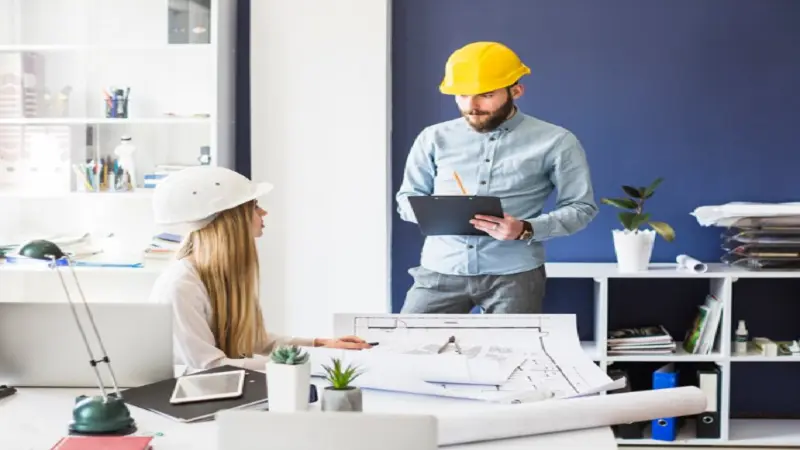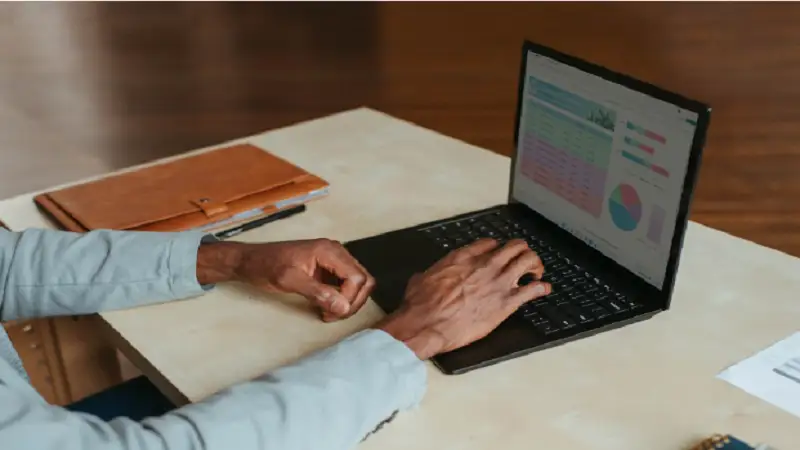Have you ever walked into a room and felt immediately overwhelmed by the clutter or, conversely, struck by how well everything seems to flow? This isn’t by chance. It’s the magic of effective interior design that transforms living spaces not only aesthetically but functionally. How, then, can professional interior designing services elevate the efficiency and appeal of your space? What strategies do they employ to ensure every square inch serves a purpose?
The Role of Professional Designers in Space Efficiency
Understanding Space and Functionality
The journey towards maximizing space efficiency begins with a thorough understanding of the available area and its potential uses. Professional interior design services are trained to assess a space critically, considering factors such as natural light, movement flow, and the intended functions of the area. They use this information to create designs that look beautiful and are highly functional.
Strategic Furniture Placement
One of the primary tools in a designer’s toolkit is furniture placement. The arrangement of furniture can make or break a room’s functionality. Designers strategically place pieces to optimize space, improve flow, and enhance room usability. Whether choosing furniture that doubles as storage or arranging seating to facilitate conversation, each decision is made with purpose.
Innovative Solutions for Small Spaces
Multi-Functional Furniture
In smaller apartments or homes, every inch counts. Interior designing services often recommend multi-functional furniture to maximize limited space. Think Murphy beds that tuck away when not in use, Trundle beds from Isaak that stow an extra mattress underneath, or ottomans that serve as seating and storage. These pieces save space and add a modern touch to interiors.
Creative Storage Solutions
Another key aspect of maximizing space efficiency is storage. Designers excel in finding innovative ways to incorporate storage into every possible nook and cranny. From built-in shelves under staircases to bespoke kitchen cabinets that maximize corner spaces, these solutions ensure every item has a home, reducing clutter and enhancing spatial harmony.
Enhancing Room Utility Through Lighting and Colour
Lighting: The Space Enhancer
Proper lighting can profoundly impact the perception of space. Interior designing services utilize various lighting techniques to make rooms appear larger and more open. Layered lighting—using a combination of ambient, task, and accent lights—can alter a room’s dimensions visually and functionally.
Colour Dynamics
Color also plays a crucial role in space efficiency. Lighter colors make a room feel bigger and airier, while darker hues tend to create a cozier, more intimate environment. Designers use color strategically to give the illusion of more space or to draw attention to specific areas of a room.
Sustainable Practices in Modern Interior Design
Eco-Friendly Materials
Today’s interior designers are increasingly turning to sustainable practices. Using eco-friendly materials benefits the environment and can improve indoor air quality, enhancing living conditions in your space. Recycled wood, non-toxic paints, and natural fibers are popular choices that contribute to a healthier, more sustainable home.
Energy Efficiency
Design is also moving towards energy efficiency. This includes selecting appliances and fixtures that save on electricity and water, as well as layouts that maximize natural light, reducing the need for artificial lighting during the day.
Personalization and Client Collaboration
Tailored Designs
Interior designing services go beyond generic solutions by offering customized designs tailored to each client’s specific needs and tastes. This personal approach ensures that the result resonates personally with the occupants, making the space truly ‘theirs.’
Interactive Design Processes
Designers often employ interactive tools such as 3D renderings and virtual reality to help clients visualize the proposed changes. This collaborative process enhances client satisfaction and allows for adjustments before any real work begins, ensuring the final design is exactly what the client envisioned.
Incorporating interior design services into your home improvement plans can significantly enhance your living spaces’ functionality and aesthetic appeal. By optimizing space, enhancing functionality, adopting sustainable practices, and providing personalized solutions, these services create beautiful homes and environments that resonate with efficiency and style. Isn’t it time to transform your space into its most efficient, inviting version?



